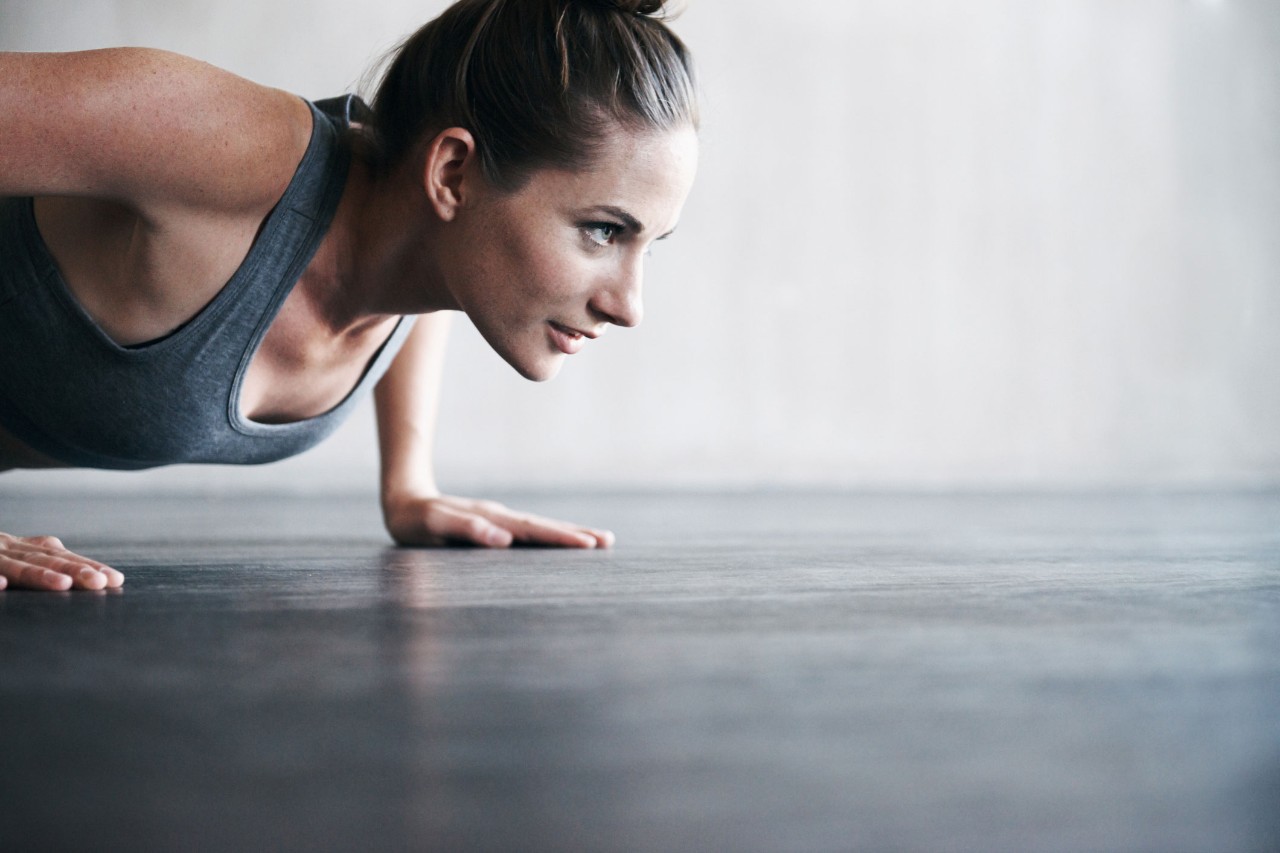How to Lower Cholesterol with Exercise

If you want to learn how to lower cholesterol, try walking three miles an hour or faster, cycling 10 miles an hour, playing tennis, gardening, and other exercises.
If you want to lower your cholesterol, start walking. The American Heart Association states that exercise — even low impact workouts — lowers cholesterol and promotes a healthy heart.
“Specifically, exercise has been linked to a consistent increase in the HDL (good cholesterol) with moderate decreases in triglycerides and LDL (bad cholesterol),” said Victoria Shin, MD, interventional cardiologist, and chair of cardiology at Torrance Memorial Medical Center.
YOU MIGHT ALSO LIKE: Uncontrolled Blood Pressure Is Getting Worse
Shin recommends walking. If you haven’t exercised in a while, talk to your doctor. Start slowly and gradually increase your pace. Try walking three miles an hour or faster. Cycling 10 miles an hour, playing doubles tennis, and even gardening can be beneficial.
The trick is to choose a form of exercise that you’ll enjoy, perhaps a walk with a friend. A partner can motivate you to exercise.
How to lower cholesterol
- Join a gym. Look for the cardio machines that will give you a great workout without putting too much stress on your joints. Ellipticals, arc trainers, stationary bicycles, and treadmills are designed for low-impact workouts.
- Sign up for a pool membership. The range of intensity is totally up to you when you do laps. Swimming puts very little stress on your body because water supports your body. You can also do other types of exercise in a pool. Walking in a pool is good because the water provides resistance; it makes you exert more effort than if you walk outdoors. Walking in a pool also burns more calories than walking outdoors.
- Take a yoga class. Yoga has a variety of benefits, from toning your body to calming your mind (which lowers stress).
- Go cross-country skiing. This activity works on your arms and legs, putting almost no stress on your joints. It also helps you burn calories.
- Take the stairs. Whenever you’re in a building with a choice of the stairs or an elevator, opt for the stairs. Go slowly at first, building your pace over time. Think in moderation. You’re not going to climb to the top of the Empire State Building.
- Enroll in a Tai Chi class. Tai Chi is a type of moving meditation. Like yoga, it stretches your body, places very little impact on your joints, and calms your mind.
- Take a hike. You can hike up or down hills, using different leg muscles than walking does. It’s also great for your heart.
- Climb a wall. Or go outside and climb a mountain. If you’re a beginner, make sure you are with an expert. The benefit of rock climbing is that you go at your own pace. The movements tend to be slow, so it’s low impact.
- Turn up the music and dance. You can do this in the privacy of your own home, or you can grab a partner and take a ballroom dancing class.
- Play golf. Most people don’t equate exercise with golf. Golf, however, improves your endurance and muscle tone. If you play, ditch the cart and walk to the next hole.
Don't forget your diet
Expect to devote at least 30 minutes a day to improve your cholesterol numbers. Take into account that, in addition to exercise, what you eat affects your cholesterol numbers.
So, modify your diet.
Avoid fried foods, microwave popcorn, and packaged food that contains hydrogenated fats, such as cookies and pastries. Limit the amount of red meat you eat. Trim all the fat away from the meat. It’s also a good idea to avoid full-fat dairy products.
In addition to lowering bad cholesterol, exercise and a healthy diet have many other cardiovascular benefits. “Exercise has been shown to keep bones strong, reduce the risk of cancer, diabetes, stroke, obesity, and to improve mood,” Shin said.
YOU MIGHT ALSO LIKE: 7 Heart Attack Risk Factors You Can Control
Updated:
December 12, 2023
Reviewed By:
Janet O’Dell, RN